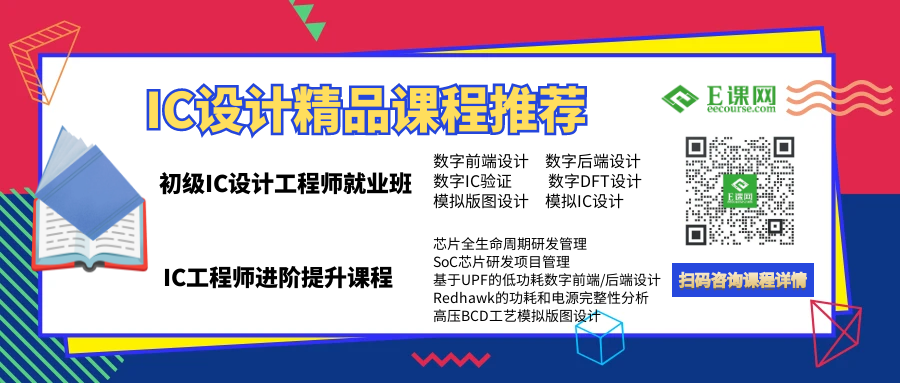
Source: Content from Chuangfuhui, thank you!
What Are the Differences Between Semiconductors, Integrated Circuits, and Chips
In today’s rapidly advancing technological era, we often hear the terms semiconductor, integrated circuit, and chip. They seem to be the magic of the tech world, driving innovation and development across various industries. But do you know their differences and functions?
Today, let’s learn about them together~

1. The Differences Between Semiconductors, Integrated Circuits, and Chips
Semiconductors, integrated circuits, and chips are core concepts in modern electronics technology, playing crucial roles in the manufacturing and functionality of electronic devices.
Semiconductor
A semiconductor is a material with properties that lie between those of conductors and insulators. Common semiconductor materials include silicon (Si) and germanium (Ge). Compared to metallic conductors, semiconductors have lower conductivity but higher than insulators. The conductive properties of semiconductors can be controlled by adjusting their current and voltage.
Integrated Circuit
An integrated circuit (IC) is a technology that integrates multiple electronic components (such as transistors, capacitors, resistors, etc.) onto a small silicon chip. Through microfabrication techniques, these components are connected to form a circuit that performs specific functions. The emergence of integrated circuits has greatly improved the performance and reliability of electronic devices.
Chip
A chip refers to the physical realization of an integrated circuit. It is the tangible product of an integrated circuit, typically made from silicon or other semiconductor materials. The electronic components on a chip are arranged on its surface using micrometer-level techniques, forming complex circuit structures. The design and manufacturing of chips require precision techniques and equipment.
The relationship between semiconductors, integrated circuits, and chips is as follows: semiconductors are a type of material, integrated circuits are a type of technology, and chips are the actual products.
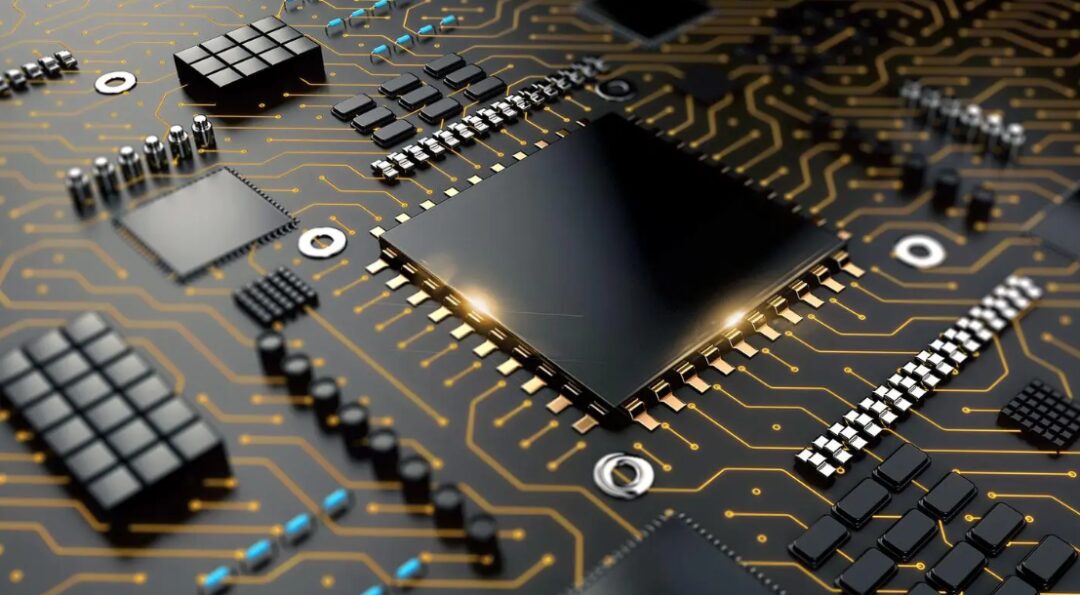
2. The Connection Between Semiconductors, Integrated Circuits, and Chips
Semiconductors can be said to be the foundation of integrated circuits and chips. A semiconductor is a type of material that exhibits good conductive properties at higher temperatures and behaves like an insulator at lower temperatures. The unique properties of semiconductor materials make them ideal for manufacturing integrated circuits and chips. Semiconductor materials like silicon (Silicon) and germanium (Germanium) can achieve the functionality of electronic devices, such as diodes and transistors, by controlling their conductivity.
Integrated circuits integrate hundreds to billions of tiny electronic components (such as transistors, capacitors, resistors, etc.) onto a small semiconductor chip. The advent of integrated circuits has revolutionized the manufacturing and usage of electronic devices, significantly reducing the size of electronic components, increasing the degree of integration, lowering circuit power consumption, and laying the foundation for the miniaturization, high performance, and high reliability of electronic devices. Integrated circuits have made electronic products smarter and more portable, ushering in a new era of modern electronic technology.
A chip is the specific realization of an integrated circuit. A chip refers to a product that manufactures the electronic components of an integrated circuit according to a specific layout and connection method on a semiconductor substrate. Chips typically consist of multiple layers of metal wires, transistors, and other electronic components, and through the connections between these components, various functions are achieved. Chips are products of integrated circuit technology and are indispensable key components in modern electronic devices.
The connection between semiconductors, integrated circuits, and chips can be understood through a simple analogy: semiconductors are like the bricks used to build a house, integrated circuits are like arranging the bricks according to certain rules to form walls, doors, and windows, while a chip is the actual house that has complete functionality. They are interdependent and promote each other, together forming an important component of modern electronic technology.
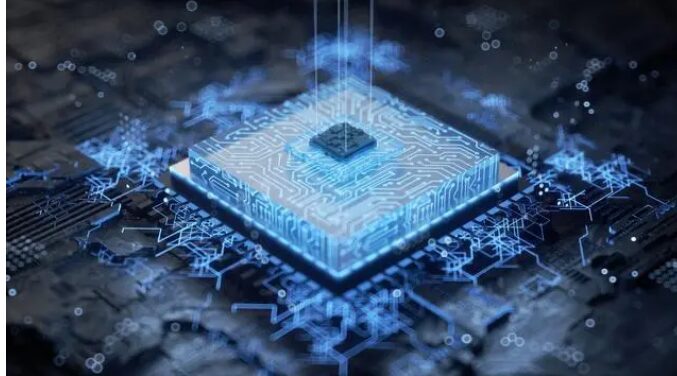
3. Types of Integrated Circuits
1. Digital Integrated Circuit (Digital IC): Digital integrated circuits are primarily used for processing discrete digital signals. They can perform digital logic operations, such as logic gates, flip-flops, counters, etc. Digital integrated circuits are widely used in computers, embedded systems, communication devices, and more.
2. Analog Integrated Circuit (Analog IC): Analog integrated circuits process continuously varying analog signals. They are used to amplify, filter, and regulate analog signals. Common analog integrated circuits include amplifiers, filters, and analog-to-digital converters. Analog integrated circuits are widely used in audio devices, mobile phones, televisions, wireless communication, and more.
3. Mixed-Signal Integrated Circuit (Mixed-Signal IC): Mixed-signal integrated circuits combine the characteristics of digital and analog circuits. They integrate both digital and analog circuits on the same chip to enable conversion and interaction between digital and analog signals. Mixed-signal integrated circuits are commonly found in communication devices and embedded systems.
4. Microprocessor Integrated Circuit (Microprocessor IC): Microprocessor integrated circuits contain the central processing unit (CPU) and other core functions, serving as the core component of devices like computers. They can process and execute various instructions, allowing computers to run various applications. Microprocessor integrated circuits are widely used in computers, mobile phones, smart homes, and more.
5. Memory Integrated Circuit (Memory IC): Memory integrated circuits are used to store and read data. They include random access memory (RAM), read-only memory (ROM), flash memory, etc. Memory integrated circuits are widely used in computers, mobile phones, storage devices, and more.
6. Sensor Integrated Circuit (Sensor IC): Sensor integrated circuits contain various sensors used to perceive and detect physical quantities in the environment. Common sensor integrated circuits include temperature sensors, pressure sensors, light sensors, etc. Sensor integrated circuits are used in automobiles, the Internet of Things, medical devices, and more.

Semiconductors, integrated circuit technology, and chips are foundational and strategic industries for national development. They are important carriers of modern information technology development and will be significant driving forces for future technological advancements.
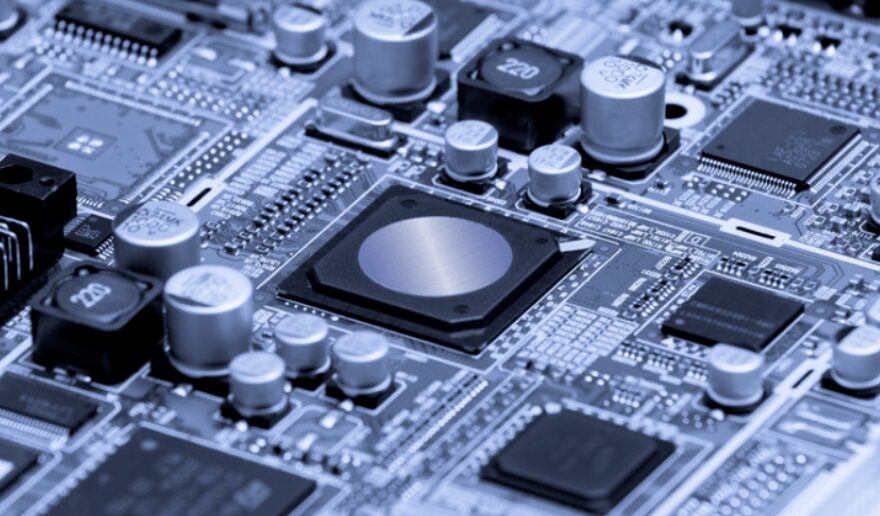
Scan to listen for free and consult IC courses!
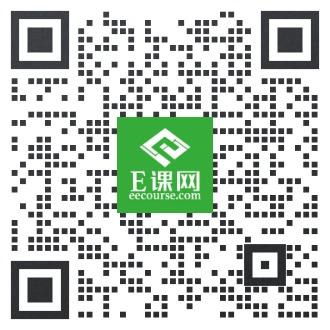

E Course Network (www.eecourse.com) is a professional integrated circuit education platform under Moore Elite, dedicated to cultivating high-quality integrated circuit professionals in the semiconductor industry. The platform is oriented towards the job requirements of integrated circuit companies, providing a training platform that fits the corporate environment. Through both online and offline training methods, it rapidly cultivates students to meet corporate needs.
E Course Network has a mature training platform, a complete course system, and a strong faculty. It plans to develop 168 high-quality courses in China’s semiconductor curriculum system, covering the entire integrated circuit industry chain, and has four offline training bases. So far, it has deeply trained a total of 15,367 people and directly supplied 4,476 professionals to the industry. It has established deep cooperative relationships with 143 universities and has held 240 corporate special IC training sessions.